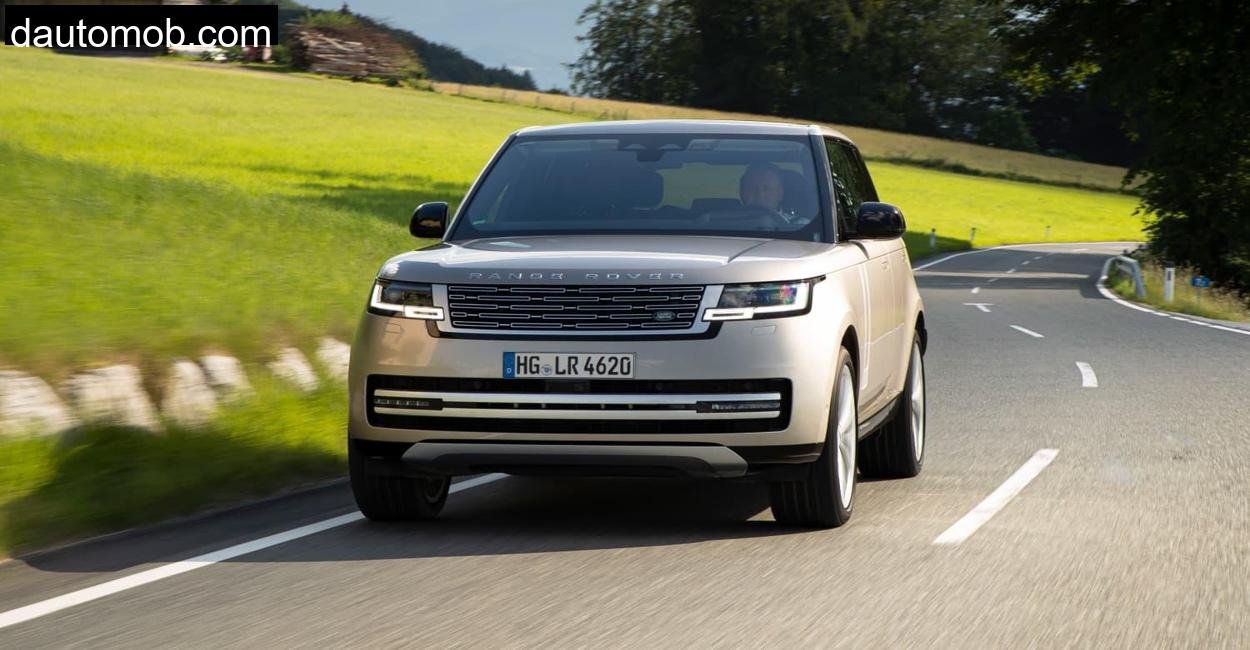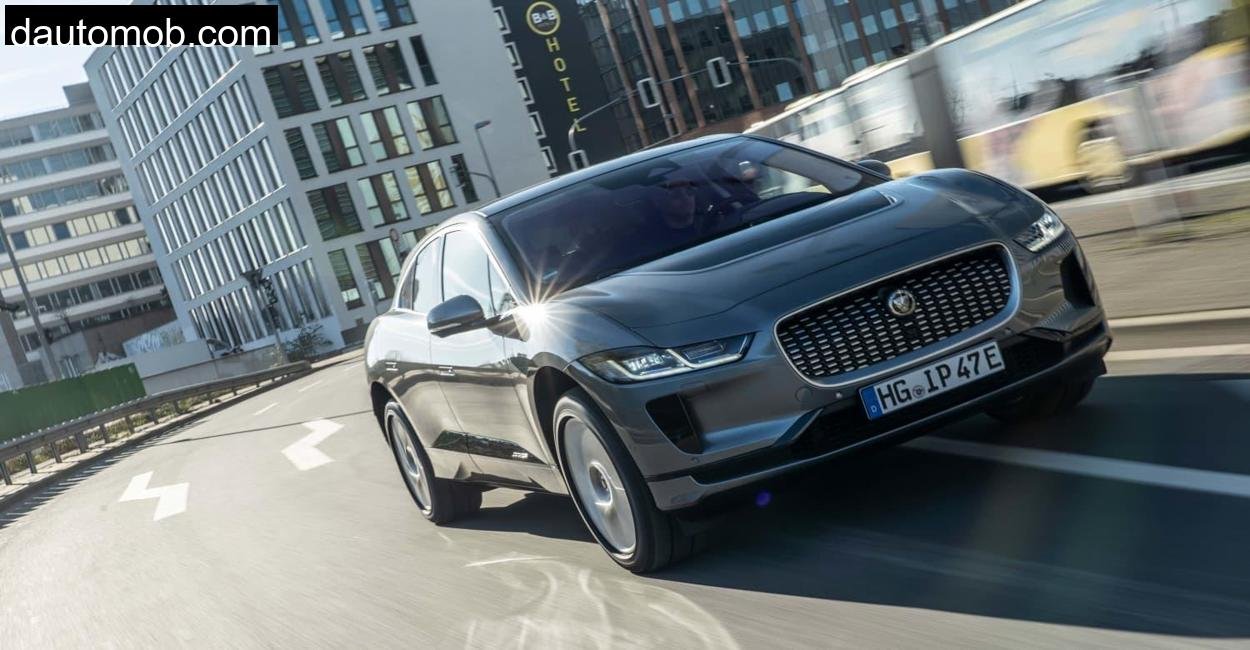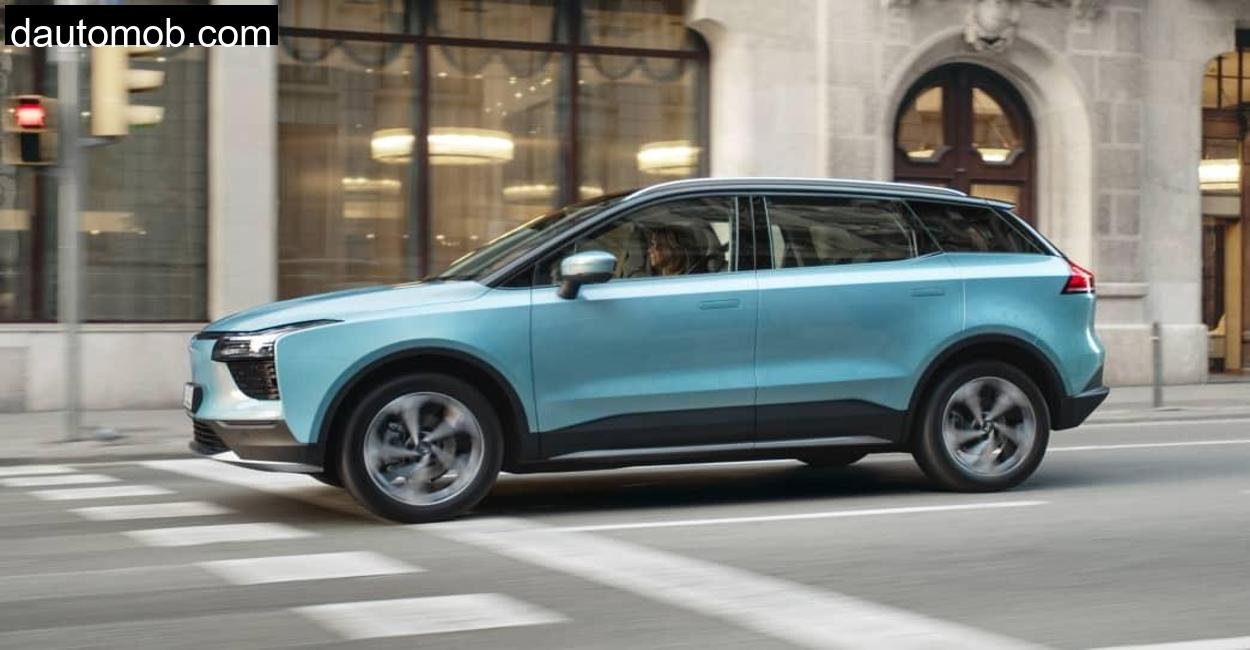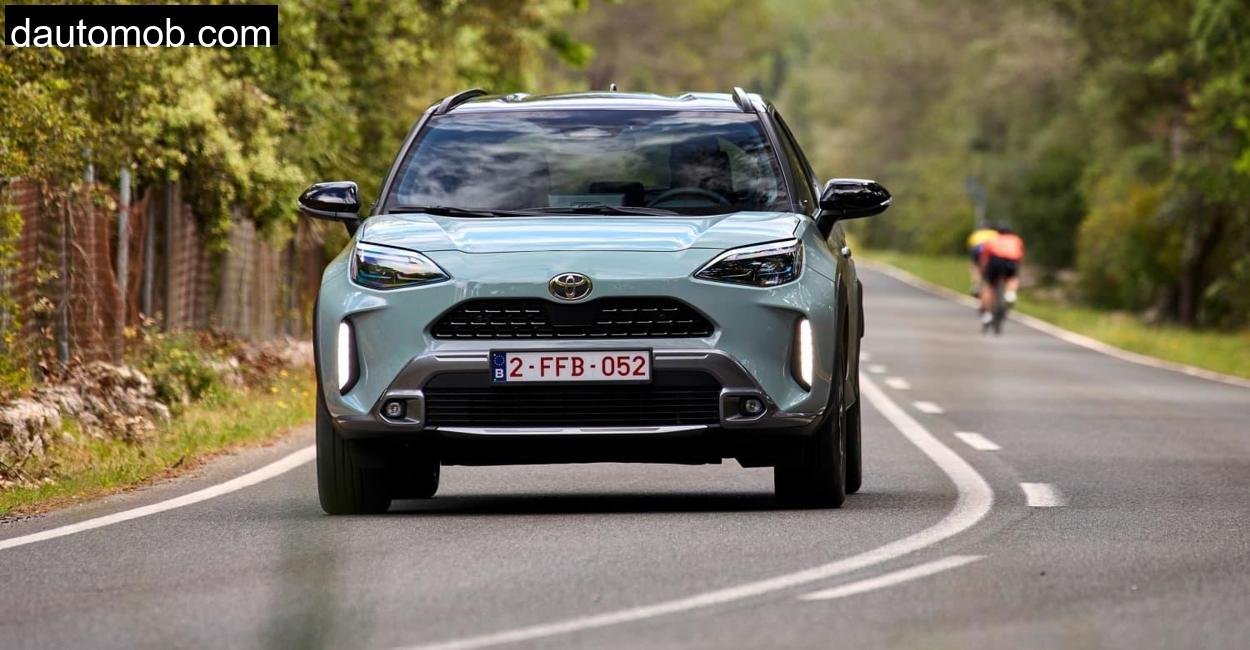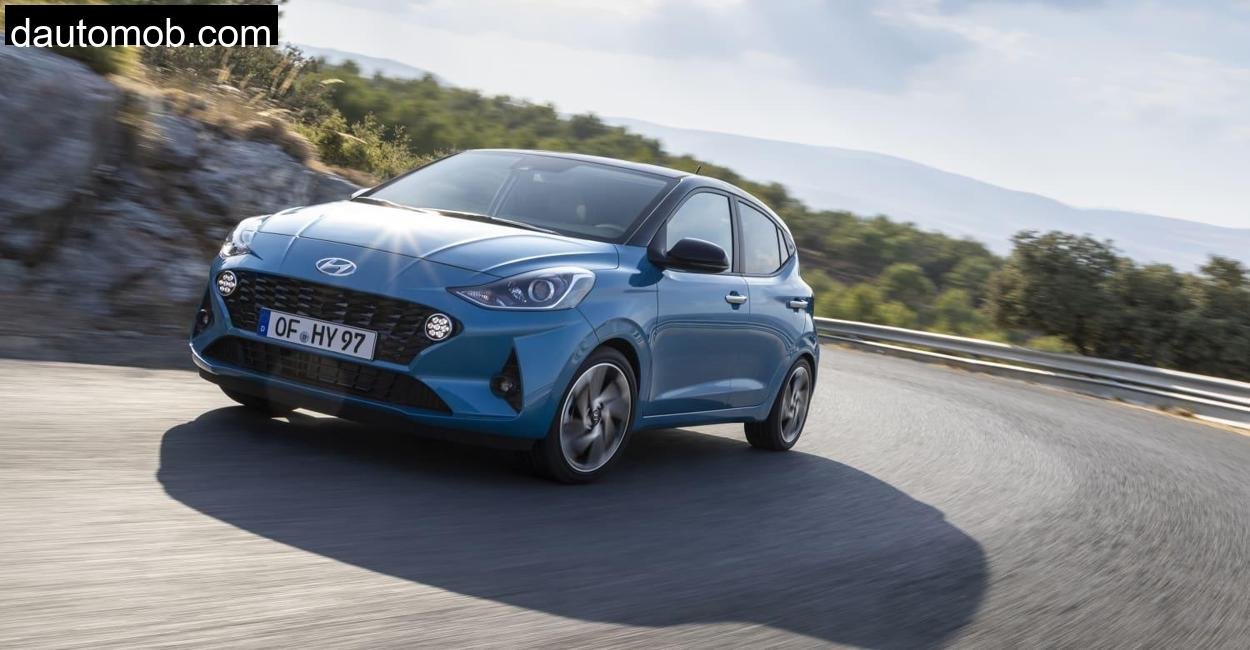Some drives aren’t about speed or thrills. Some drives are about majesty. About quiet confidence, heavy footsteps, and an elegance that doesn’t scream for attention but simply commands it. That’s exactly the aura the Range Rover D350 projects. And to truly appreciate this giant, I took it into the heart of Germany, the raw, rugged, myth-laced Harz Mountains.
In a region known for its winding roads, unpredictable terrain, and soul-soothing vistas, what better place to test a car that is both aristocrat and adventurer? I needed to know: is this British icon still a relevant force in a world growing ever more efficient, electric, and compact?
Spoiler: I didn’t want to give it back.
A Mountain Meets a Mountain: First Impressions in the Harz
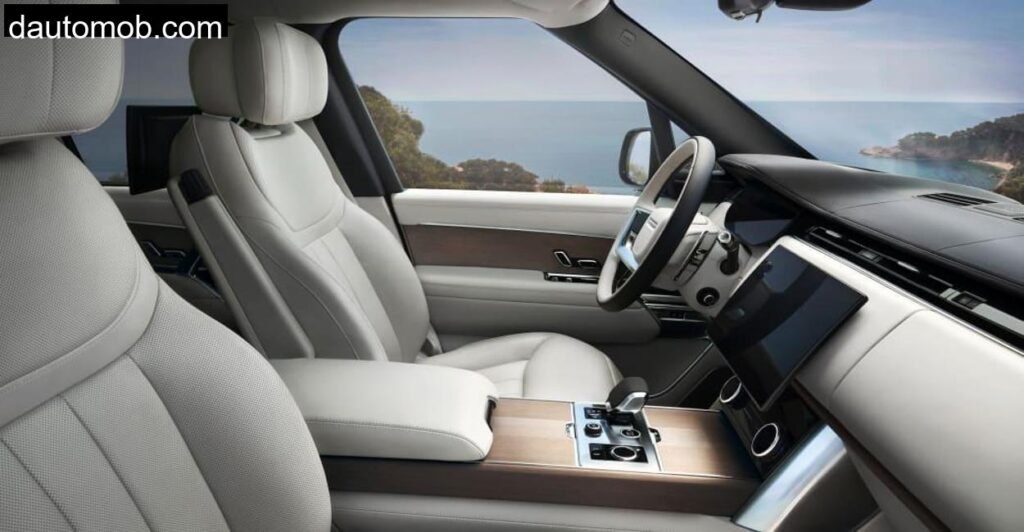
Arriving in Goslar early one spring morning, mist still clinging to the pine-studded hills, the Range Rover looked as though it belonged more to the mountain itself than the town square. Towering at nearly 1.9 meters high and over five meters long, it didn’t just sit in the parking lot, it loomed.
Unlocking it with a subtle gesture, the flush door handles presented themselves like a butler in a tux. And stepping inside, well, it was like walking into a cigar lounge atop a London skyscraper. Leather, wood veneer, silence. No startup roar, just a confident hum.
The Harz was about to meet its match.
The Engine Room: Diesel Might, Subtle Elegance
Under the hood lay the D350’s real charm, an inline six-cylinder diesel engine with mild hybrid assistance. 3.0 liters, 350 hp, 700 Nm of torque. These aren’t numbers that scream supercar. They whisper capability.
On the winding climb toward Torfhaus, I deliberately kept it in Comfort mode, the air suspension soaking up each crack in the road like it was nothing. Hit the throttle lightly, and the Range responded like a heavyweight boxer pulling a punch, silent, yet impossibly strong.
Floor it, and it shifts character. It doesn’t leap, it surges. A steady, composed acceleration took me from 60 to 100 km/h in what felt like a breath.
There’s an elegance to how it delivers power. No sudden jolts. Just thrust.
Inside the Fortress: Luxury and Logic
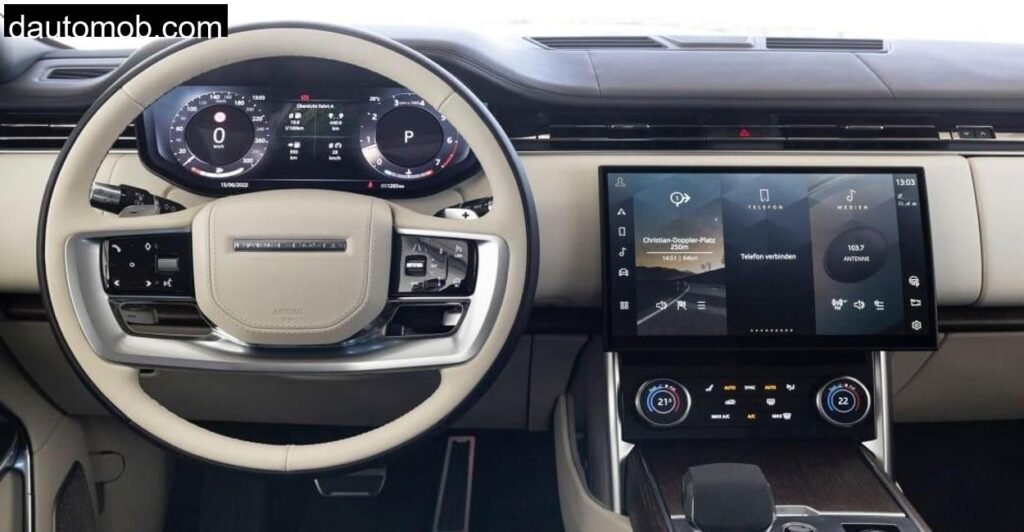
I parked near the Oderteich for a short break. As I sank into the rear seat to eat my packed lunch, I found myself playing with the massage settings via the center armrest tablet. Reclining the seat, I watched the clouds move across the pine trees through the panoramic roof. Even the cupholder had its own electric actuator.
This isn’t just luxury for luxury’s sake. It’s a different kind of usability. You feel spoiled, yes, but never overwhelmed.
Up front, the cockpit is minimal but functional. The volume knob is near the gear selector, not where I expected, but after two hours, it felt natural. The central screen is responsive, bright, and not over-stuffed with gimmicks. The digital dials are clear even under direct sunlight.
The steering wheel feels thick, solid, and more connected than I thought it would. There’s still a sense of separation, sure, this isn’t a sports car, but it communicates enough to keep you confident, even on tighter corners like those descending toward Braunlage.
On the Move: From Asphalt to Adventure

While most people will never take a Range Rover off the tarmac, I couldn’t resist a little detour into a gravel forestry track near Königskrug. Slipping it into Terrain Response mode, the car lifted itself a few centimeters higher, and I felt the big Brit transform.
The traction was sublime. No slip, no fuss, no drama. The electronics sorted out everything before I even noticed the challenge. Whether it was steep inclines or slippery descents, the Range Rover managed it with a smug kind of calm.
And remember, this is a 2.5-ton machine.
Even on the test loop, the D350 impressed with its balance. No, it’s not immune to body roll, but the roll compensation system means it never becomes unsettling. Even during evasive maneuvers or heavy braking, it felt composed, never panicked.
The all-wheel steering helped too. On tighter village roads through Sankt Andreasberg, it almost felt like cheating, turning with the elegance of something far smaller.
The Numbers Game: Specs and Reality
All tech info comes right from Range Rover’s official site so it’s accurate and trustworthy.
| Specification | Detail |
| Engine type | Inline-6 Diesel, Mild Hybrid |
| Displacement | 2,998 cc |
| Power (HP) | 350 hp |
| Torque | 700 Nm |
| 0-100 km/h | 6.1 seconds |
| Top Speed | 234 km/h |
| Transmission | 8-speed Automatic |
| Drive | All-wheel Drive |
| Fuel Consumption (WLTP) | 8.3 l/100 km |
| CO₂ Emissions (WLTP) | 218 g/km |
| Unbraked Towing Capacity | 750 kg |
| Braked Towing Capacity | 3,500 kg |
| Boot Space (Normal) | 818 liters |
| Boot Space (Max) | 1,841 liters |
| Length x Width x Height | 5,052 x 2,047 x 1,870 mm |
| Weight (EU) | 2,504 kg |
| Price (Base) | €148,700 |
It’s a spec sheet that tells the story of something immensely capable and unapologetically premium.
The Elephant in the Forest: Is It Still Relevant?
I’ll be honest: I came into this test a little skeptical. In a world full of electrification, lightweight materials, and efficiency-first thinking, what place does a near-three-ton diesel SUV have?
And yet… the Range Rover doesn’t try to compete with Teslas or Audi Q4s. It exists in a different realm. It isn’t about being frugal. It’s about being thorough, luxurious, and dignified.
The eco-conscious will look to the upcoming electric Range Rover, of course. But for now, the D350 remains the ideal version for those who want the old-school experience modernized just enough.
Conclusion: More Than a Car, It’s a Statement
The Range Rover D350 isn’t a car. It’s a mindset. It’s for people who see the road as a stage, not a racetrack. It’s for those who measure luxury not just by screens and trim, but by how relaxed they feel after four hours behind the wheel.
Testing it in the Harz made me appreciate not just the Range Rover, but also what driving can still be. It reminded me that sometimes, slow and steady wins not the race, but the admiration.
And when I handed the keys back, I didn’t sigh because it was over. I sighed because I wasn’t ready to let go.
Is the Range Rover D350 suitable for everyday use?
It’s large, but thanks to all-wheel steering and great visibility, it’s more manageable than you’d think. In cities, parking is a challenge, though it has all the cameras and sensors you’d need.
How does the Range Rover D350 perform in terms of real-world fuel economy?
Expect around 8–9 l/100 km in mixed driving. On highways, it can go below 7.5 l/100 km with a light foot. In towns, it will climb.
Is Range Rover D350 worth the €148,700 price tag?
If you’re looking for pure utility, no. If you want comfort, capability, presence, and a sense of occasion every time you drive, absolutely.
